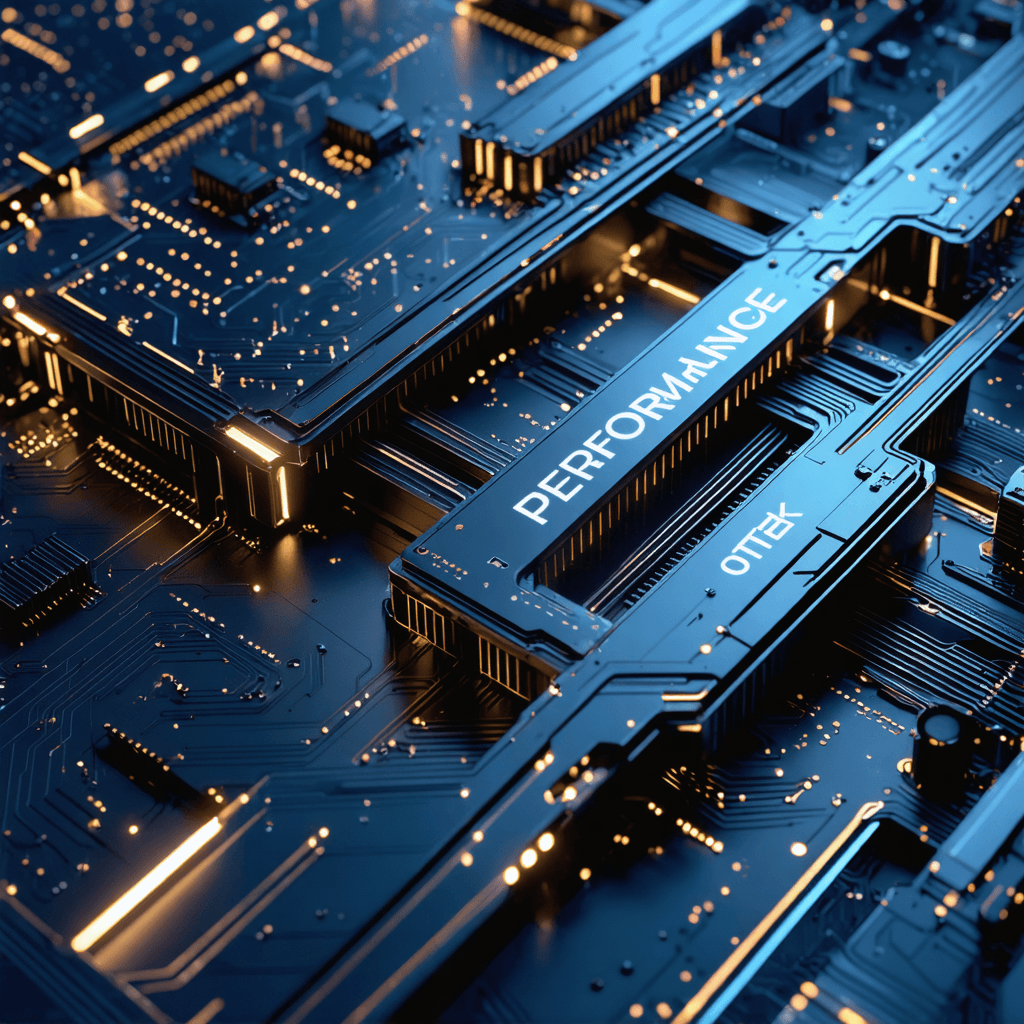Unlocking Performance: Master the Art of Independent vs. Parallel Processing in 2025
In today's rapidly evolving technological landscape, understanding the nuances between independent and parallel processing has become crucial for developers, system architects, and IT professionals. As we navigate through 2025, the distinction between these processing methods continues to shape the way we design and optimize software applications for maximum performance.
The Foundation: Understanding Processing Paradigms
Independent Processing
Independent processing, also known as sequential or serial processing, refers to the execution of tasks one after another. In this model, each task must complete before the next one begins, creating a linear flow of operations. While this approach might seem straightforward, it's essential to recognize when it's the most appropriate choice for your applications.
Parallel Processing
Parallel processing involves executing multiple tasks simultaneously by utilizing multiple processing units or cores. This approach has gained significant traction in 2025, especially with the widespread adoption of multi-core processors and distributed computing systems.
Key Differences and Applications
Resource Utilization
Independent processing typically utilizes a single processing unit, making it ideal for:
- Sequential tasks that depend on previous results
- Simple applications with minimal computational requirements
- Processes that cannot be broken down into smaller, parallel tasks
Parallel processing, on the other hand, excels in:
- Handling complex calculations across multiple cores
- Processing large datasets simultaneously
- Reducing overall execution time for compatible tasks
Performance Implications
Recent benchmarks from the 2025 Technology Performance Index show that parallel processing can achieve up to 8x faster execution times compared to independent processing for suitable tasks. However, this doesn't mean parallel processing is always the better choice.
Modern Applications and Use Cases
Cloud Computing and Microservices
The cloud computing landscape has evolved significantly in 2025, with major providers optimizing their infrastructure for both processing paradigms. Microservices architectures particularly benefit from a hybrid approach, utilizing:
- Independent processing for sequential operations and state-dependent tasks
- Parallel processing for handling multiple user requests and data processing operations
AI and Machine Learning
The artificial intelligence sector has seen remarkable advancements in processing optimization:
- Training large language models through parallel processing
- Sequential processing for real-time inference in critical applications
- Hybrid approaches for optimal resource allocation
Best Practices for Implementation
1. Analysis and Planning
Before choosing between independent and parallel processing:
- Evaluate task dependencies
- Assess available computing resources
- Consider the scalability requirements of your application
2. Performance Monitoring
Implement robust monitoring solutions to:
- Track processing times
- Identify bottlenecks
- Optimize resource allocation
3. Error Handling
Develop comprehensive error handling strategies:
- Independent processing: Linear error tracking and recovery
- Parallel processing: Distributed error management and fault tolerance
Tools and Frameworks in 2025
The latest development tools have evolved to support both processing paradigms effectively:
For Independent Processing:
- NextQueue 3.0
- SerialFlow Framework
- ProcessChain Manager
For Parallel Processing:
- ParallelKit 2025
- DistributedCore Framework
- CloudScale Solutions
Making the Right Choice
Consider these factors when deciding between independent and parallel processing:
Task Nature
- Are tasks dependent on each other?
- Can the process be broken down into smaller, independent units?
Resource Availability
- What computing resources are available?
- Is the infrastructure scalable?
Performance Requirements
- What are the response time expectations?
- How critical is processing speed to the application?
Performance Optimization Strategies
For Independent Processing:
- Optimize individual task execution
- Implement efficient memory management
- Utilize caching mechanisms effectively
For Parallel Processing:
- Balance load across processing units
- Minimize communication overhead
- Implement efficient synchronization mechanisms
Future Trends and Developments
As we progress through 2025, several trends are shaping the future of processing paradigms:
Quantum Computing Integration
- Hybrid classical-quantum processing models
- New paradigms for parallel computation
AI-Driven Optimization
- Automated decision-making for processing allocation
- Dynamic resource scaling based on workload
Green Computing
- Energy-efficient processing strategies
- Sustainable computing practices
Conclusion
Understanding and effectively implementing independent and parallel processing is crucial for modern software development. The key lies not in choosing one over the other but in knowing when and how to use each approach or combine them for optimal results.
By staying informed about the latest developments and best practices in both processing paradigms, developers can create more efficient, scalable, and performant applications that meet the demanding requirements of today's digital landscape.
Ready to take your development skills to the next level? Explore our comprehensive courses and resources at 01TEK. From beginner-friendly tutorials to advanced masterclasses in processing optimization, we have everything you need to stay ahead in the rapidly evolving tech industry. Visit our learning portal today to start your journey toward mastering independent and parallel processing techniques.
Believe that you will succeed
and you will.”



